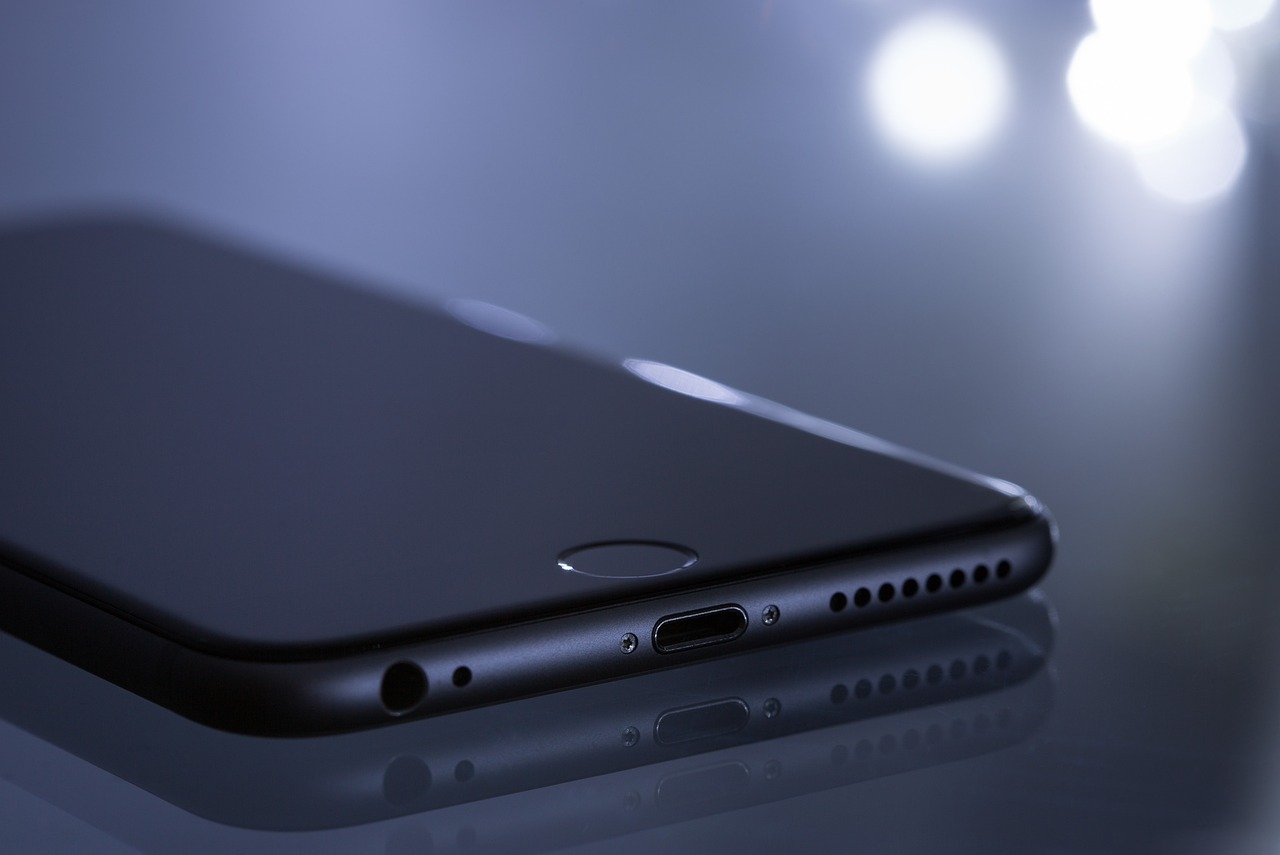Unveiling the Future of Augmented Reality in Mobile Phones
Introduction: Augmented Reality (AR) has been making waves in the world of technology for a while now. Its potential seems limitless, from gaming and film to healthcare and education. But perhaps its most fascinating application lies in the realm of mobile phones. Let's delve into the past, present, and future of AR in mobile technology.

The Birth and Growth of AR
Augmented Reality is not a new concept. It was first mentioned in 1901 by L. Frank Baum in his novel “The Master Key,” where he described a set of electronic glasses that overlay data onto real life. However, it only started to gain traction in the tech world in the late 20th century.
In 1992, Louis Rosenberg developed the first functioning AR system at the U.S Air Force Research Laboratory. The ‘Virtual Fixtures’ system was designed to enhance human performance in tele-robotics. Fast forward to 2013, Google launched its first AR glasses, Google Glass. This marked the beginning of AR’s integration into consumer technology.
The Emergence of AR in Mobile Phones
AR found its way into mobile phones in 2008 with the launch of Wikitude, the first-ever mobile AR browser. This was closely followed by the release of Yelp’s Monocle in 2009, the first AR app on the iPhone.
The real game-changer, however, was the launch of Pokémon Go in 2016. The game took the world by storm, bringing AR into the mainstream and showing the world that this technology was more than just a gimmick.
Current Trends in AR Mobile Technology
The current trends in AR mobile technology are nothing short of exciting. Apple and Google are leading the charge with their AR development platforms, ARKit and ARCore, respectively. These platforms have opened up AR application development to a vast number of developers, resulting in innovative AR apps for various industries.
The Price and Market Impact of AR in Mobile Phones
The integration of AR into mobile phones has not significantly impacted their price range. This is primarily because AR technology relies heavily on software, which can be updated and improved without needing to change the hardware of the mobile device.
However, the market impact has been massive. The global AR and VR market size is expected to reach USD 296.9 billion by 2024, with a significant chunk of that driven by AR in mobile technology.
Augmented Reality: The Future of Mobile Phones
The future of AR in mobile phones is bright, with tech companies investing heavily in its development. We can expect to see more AR features integrated into mobile phones in the coming years, with potential applications in areas such as retail, education, and healthcare.
In conclusion, the integration of AR into mobile phones has opened up a world of possibilities. As we move forward, we can anticipate a future where our mobile devices are not just tools of communication but windows to an enhanced reality, blurring the lines between the digital and physical world.




